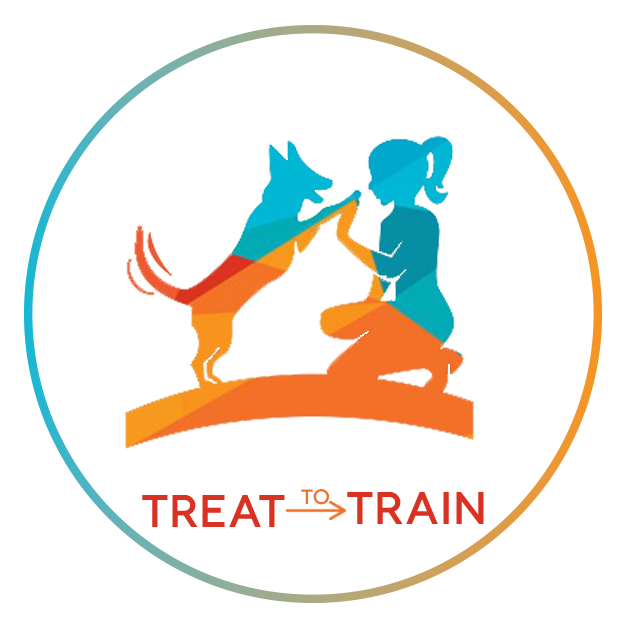Navigating Canine Introductions: A Guide to Successful Integration
Introducing dogs to each other is a delicate process that demands careful consideration and planning. In my approach to dog introductions, I firmly stand by the principle that slow and steady wins the race. Rushing this process can lead to undesirable outcomes, and it's far more prudent to invest time in a solid, steady integration. A bad first impression is challenging to undo, and cases of intrahousehold aggression are notably more complex to address than a few weeks of patient integration.
Quality Over Quantity in Interactions
The key to successful introductions lies in focusing on short yet quality interactions rather than extended, mediocre ones. Embracing the mantra of "quality over quantity" is paramount in the early stages. Planning for how to keep your animals separate during this process is a crucial aspect that often gets overlooked. Limiting interaction is a management strategy that should be tailored to your specific environment, pets, and situation.
Understanding Your Dog's Sociability Level
Before delving into introductions, it's essential to assess your dog's current sociability level. Does your dog genuinely enjoy the company of other dogs at this moment? This assessment is critical in determining if bringing another dog into the household is the right decision. Recognize that sociability isn't an all-or-nothing trait; factors such as size, age, energy level, and play style influence your dog's preferences and should guide your decisions and management strategy.
The Speed of Integration Matters
The pace at which a new dog is integrated plays a pivotal role. Understanding the process of bringing the new dog home and whether there's an opportunity for multiple meet-and-greets beforehand helps solidify the management strategy. Integrating a new dog swiftly or gradually depends on various factors, and careful consideration is necessary.
On Leash vs. Off Leash: It Depends
The question of whether to introduce dogs on leash or off leash depends on the specific dogs and the environment. However, an often-overlooked factor is the experience and comfort level of the humans involved. Human handlers need to be skilled at recognizing signs of escalation and safely separating dogs if necessary. The comfort and expertise of the handlers are equally crucial in determining the best approach to introductions.
The Role of Neutral Spaces
Neutral spaces can be advantageous but depend on the dogs, environment, and logistics. Whether to utilize neutral spaces or conduct meet-and-greets in the home is situational. Understanding the options available and choosing what aligns with the specific circumstances is vital in crafting a successful introduction strategy.
Prepare Your Pet for the Change
The importance of a solid management strategy cannot be overstated. If changes to the routine or environment are anticipated, preparing resident pets ahead of time is crucial. Whether it's setting up baby gates, adjusting feeding locations, or relocating beds and crates, easing pets into the transition helps minimize stress and ensures a smoother integration process.
Managing Elevated Stress Levels
Elevated stress levels are expected during the initial days of a new dog's arrival. Whether positive, negative, or a mix of emotions, stress impacts behavior. Providing decompression time, being understanding, and allowing each dog to acclimate at their own pace is essential. Slow and steady remains the guiding principle.
What's Next for Your Canine Family?
If you're considering adding another dog to your family, reflect on the traits that will harmonize well with your household. Energy level, play style, and other factors should be carefully considered. Deliberate planning of your management strategy is crucial, considering how to separate dogs, their comfort levels, and recognizing signs that may require separation.
For additional resources, the Shelter Playgroup Alliance offers valuable insights applicable to various environments. If you feel uncertain or uncomfortable about the process, working with a professional is a wise decision.
If you’re around Pretoria or Johannesburg, our team of trainers and behaviorists specialize in introducing dogs and can provide the guidance needed for a successful integration. Better to be safe than sorry – let's ensure a positive and harmonious transition for your dogs.

